When it comes to the pairing of oregano, it typically forms a symbiotic relationship with companion plants, benefiting equally from each other.
After all, the companion plant should add some value to the herb without competing, crowding, or cutting off sunlight even partially.
If the companion plant is taller than oregano, it should be in the background of the patch and vice versa.
Other considerations to pay attention to when pairing oregano have to do with the soil and watering conditions.
The companion plant should thrive in well-draining soil just as oregano does. It should also be able to withstand both moderate drought and frequent deep watering. Finally, pay attention to spacing the plants to improve ventilation.
The following 21 plants fit the bill and are great candidates to pair with your oregano.
1. Sage

One of the easiest ways to find a companion for a plant is to select one that is a close family member. Botanical families are grouped together by similar characteristics or growing conditions.
Both sage and oregano belong to the mint family. That means they both thrive in the same well-draining and loamy soil with moderate moisture.
Both sage and oregano are perennials, but sage, as a subshrub, towers over 2 feet. That means it should be in the background. Its purple flowers go well with the white or pinkish blooms of oregano. Keep 2 feet of distance between these two plants.
2. Thyme
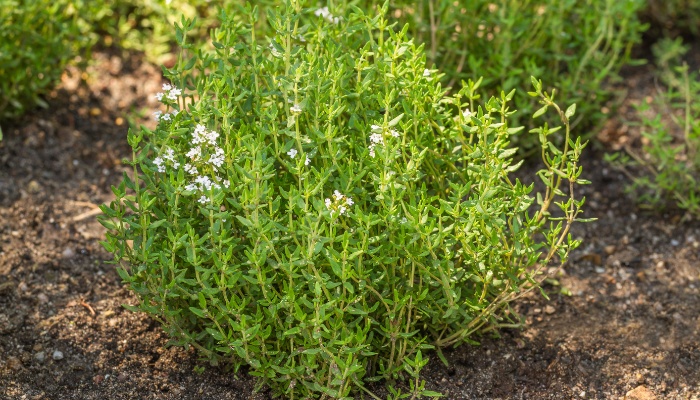
Another member of the mint family, thyme is a compact and manageable herb that hails from the Mediterranean just like oregano.
Thyme is packed with thymol, a volatile and odorous component that repels a vast array of bugs. Together, both oregano and thyme can fend off the most persistent pests that plague your veggies and flowering plants.
Planting thyme and oregano in close proximity won’t harm either of them. Just make sure that thyme, the shorter of the two herbs, is at the front and gets plenty of sunlight.
3. Rosemary

Rosemary is the first herb on the list that belongs to a different family. It’s a member of the sage family, but it has its origins in the Mediterranean region much like oregano.
That means that both herbs can grow in practically the same soil type, need similar pH levels, and have nearly identical watering needs.
Rosemary has slender and fragrant leaves, but since it can tower over well over 4 feet, it should be planted in the background and given plenty of space.
In warm zones, the evergreen rosemary can bloom all year round. The white, pink, and blue flowers go well with oregano.
4. Parsley

Parsley is an annual or biennial herb depending on where you grow it. Its fragrant green leaves add a special flavor to many dishes. It’s a short plant in the Apiaceae family, but it has Mediterranean roots much like oregano.
Parsley will benefit from the pest-repelling power of oregano and might also defend the herb against some bugs. Its yellow flowers are quite ornamental.
Oregano and parsley will do well together. Keep a distance of 1 to 2 feet between the two herbs to allow sunlight on both plants.
5. Basil

Basil and oregano are both members of the mint family, but basil has many varieties and cultivars, so you can expect the size of the mature plant and the growing conditions to vary widely.
Some basil varieties will reach 5 feet tall while others are less than a foot high. Depending on the variety, you’ll need to choose the location of the herb in relation to the oregano plants.
Basil is an annual, unlike oregano, so when pairing the two herbs, you need to pay extra attention to accommodating the basil since it’s less resilient than oregano.
6. Savory
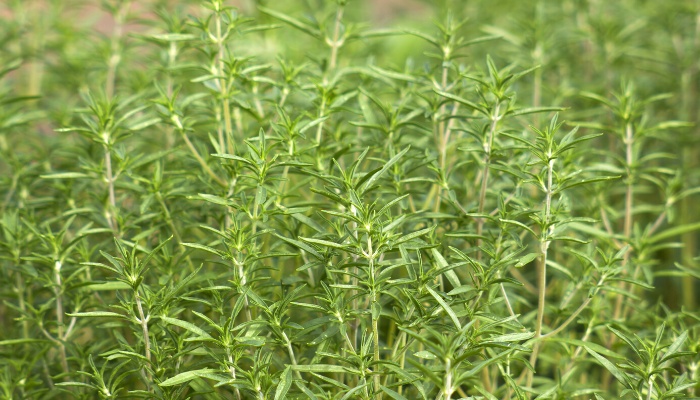
Savory comes in two main varieties: summer savory and winter savory. I recommend pairing summer savory with oregano. It’s an annual and grows to 1 to 2 feet tall, so you won’t have trouble positioning the two herbs.
The savory flowers are very ornamental with lilac color and bloom between July and September. Its bronze leaves are quite decorative as well.
7. Mint

Mint is the name of a botanical family, and it’s also the name of a genus (Mentha) in that family. It encompasses between 13 and 24 species, depending on whom you ask, not to mention countless cultivars and hybrids.
Most varieties grow between 4 and 48 inches, so you’ll need to adjust their location relative to the oregano depending on their mature height. Watch out for their invasive nature.
8. Chives
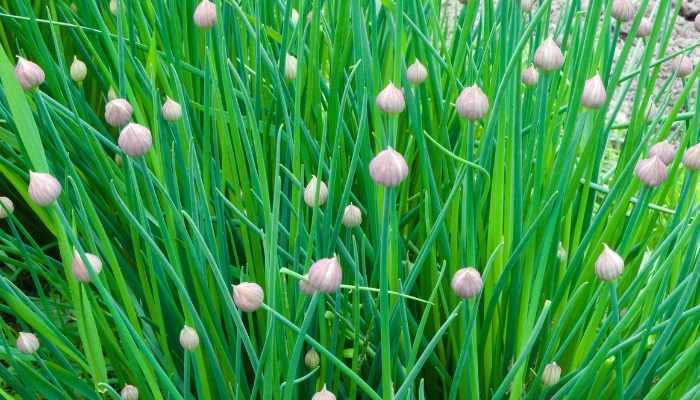
Chives are close cousins of onions and leeks. The perennial herb has many culinary uses, and its flowers attract many pollinators. The mature plant averages between 12 and 20 inches tall, so it goes well with the taller oregano.
However, chives are quite competitive on the root level, so you’ll need to keep them at least 2 feet from the oregano to ensure both herbs are growing successfully.
9. Bee Balm
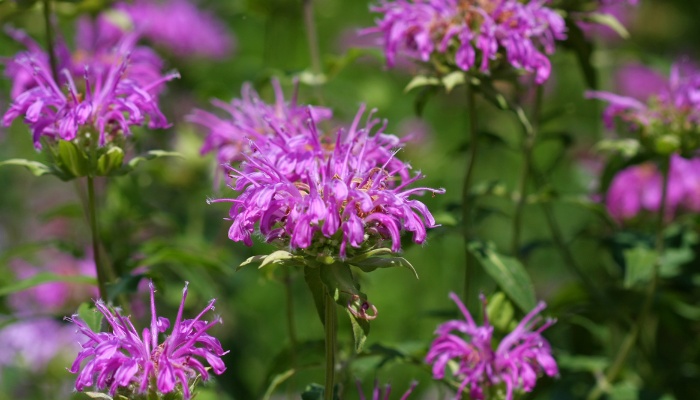
Bee balm (Monarda) is a fragrant herb that averages between 8 and 35 inches high. The smaller varieties need plenty of sunlight, so make sure they don’t grow under the shadow of the taller oregano.
The hairy leaves and pink tubular flowers add to the herb’s ornamental values. Essential oil made from the leaves has medicinal properties, and the herb has a long history as part of Native Americans’ traditional medicines.
10. Lavender
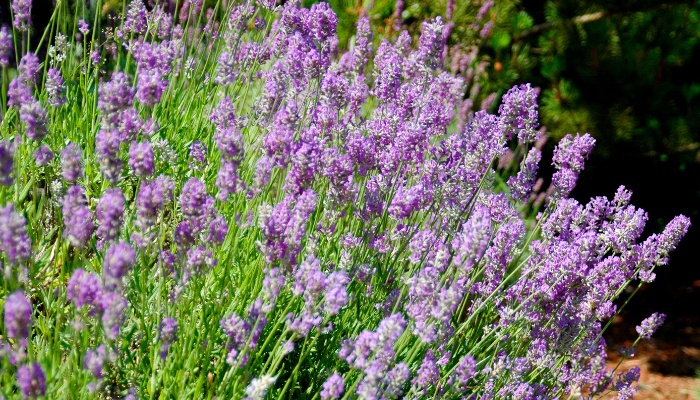
Lavender comes in different varieties including annual herbs and perennial shrubs. The herbs do best as companions for oregano even if that means that you’d have to start new lavender plants every year.
Due to their compact size and non-competitive growth habits, the annual herbs get along with many other plants including oregano. The colorful blooms that range from purple and lilac to blue and yellow complement oregano blooms.
11. Peppers

Out of the many pepper species that you can grow in your garden, black pepper is the ideal companion for oregano.
The flowering vine can grow to 13 feet, so you will need to position it behind oregano and keep at least 2 feet between the two plants. Black pepper needs moist and well-draining soil but it can handle slightly dry soil as well.
12. Asparagus

Asparagus is a perennial plant that can reach 5 feet tall. However, since it has needle-like leaves, it doesn’t cast much of a shadow and doesn’t cut off sunlight when paired with the sun-loving oregano.
The bell-shaped flowers of the asparagus with their white shades go well with the purple blooms of oregano. Some asparagus varieties can only grow to 1 foot tall.
13. Squash

Squash is a plant that comes in two main varieties: summer squash and winter squash. For the purposes of pairing squash with oregano, either variety will do as long as you maintain the proper distance between the squash and the herb.
For summer squash with its bushy growth, space it 2 feet from the oregano. As for winter squash, it’s a vine, so 3 feet minimum distance is required.
14. Eggplant

Eggplant is a vegetable with spiny stems. It can be perennial in tropical climates or annual in moderate Growing Zones.
It grows between 1 and 4 feet high. The smaller varieties pair well with oregano without the need to space them out or worry about one plant overshadowing the other.
However, the large leaves of the eggplant could block sunlight for the thyme, so plan accordingly when planting.
15. Beans

Beans have many species and cultivars, and many of those cultivars grow well with oregano. This is especially true of bush beans with their compact size.
However, even pole beans can pair with oregano provided you space them out and keep oregano on the perimeter of the bean patch.
As for half-runner beans, they tend to crowd other plants around them and are generally hard to manage. I wouldn’t recommend pairing them with oregano.
16. Strawberries
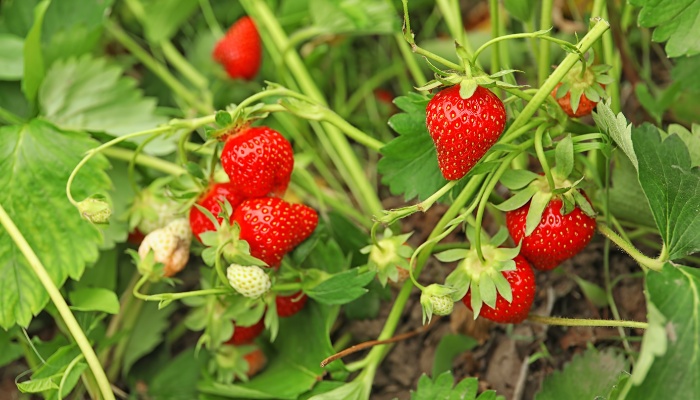
Oregano and strawberries go hand in hand. In fact, if you’re looking for a companion plant for oregano, your first choice should always be garden strawberries. This cross was first cultivated in 1750 and has large white blooms.
Strawberries thrive in almost the same growing conditions as oregano including loamy soil and slightly dry soil. Keep the soil pH levels between 5.5 and 6.5 (a pH monitor makes this simple — this one measures pH, light, and moisture!).
17. Carrots

Carrots are another veggie that serves as a good companion for oregano. The taproot of the carrot takes it further down into the soil and away from the roots of the herb.
Leave enough space between the plants to allow for growth and good airflow. The clusters of small white flowers will complement the oregano blooms.
18. Celery

Celery originates in the Mediterranean. That means that it shares the same weather requirements and soil conditions as oregano.
When pairing celery with the herb, select varieties that grow to about 1 foot tall. The celery stalks are slender, and the leaves are small, so spacing for the purposes of providing light is not necessary.
19. Cucumbers

Cucumber vines grow on trellises, so there’s some concern regarding the shade they cast. Keep oregano at the front, and leave about 3 feet of space between the herb and the vine.
Other than that, they both thrive in the same type of soil, need almost identical pH levels, and have similar watering requirements.
20. Cruciferous Vegetables (Brassicas)

These vegetables are members of the cabbage and mustard family. They have over 30 wild species in addition to the many cultivars.
Originally from the Mediterranean region, many of those species and cultivars will do well as companions to oregano.
21. Tomatoes

Tomatoes can be perennials or annuals depending on the type and Growing Zone. Vine tomatoes can grow to 6 feet tall and need a trellis.
Bush tomatoes won’t grow above 3 feet tall. Spacing is important when pairing either of those tomato types with oregano.
Conclusion
Oregano pairs well with a wide variety of herbs, veggies, and fruits. As long as you space them properly and keep them from casting shade over each other, the companion plants should do fine.
Make sure the companion plant doesn’t have an aggressive growth habit, or its shallow roots will compete with oregano over resources. Oregano can offer a lot to its companion plants while benefiting from them at the same time.
